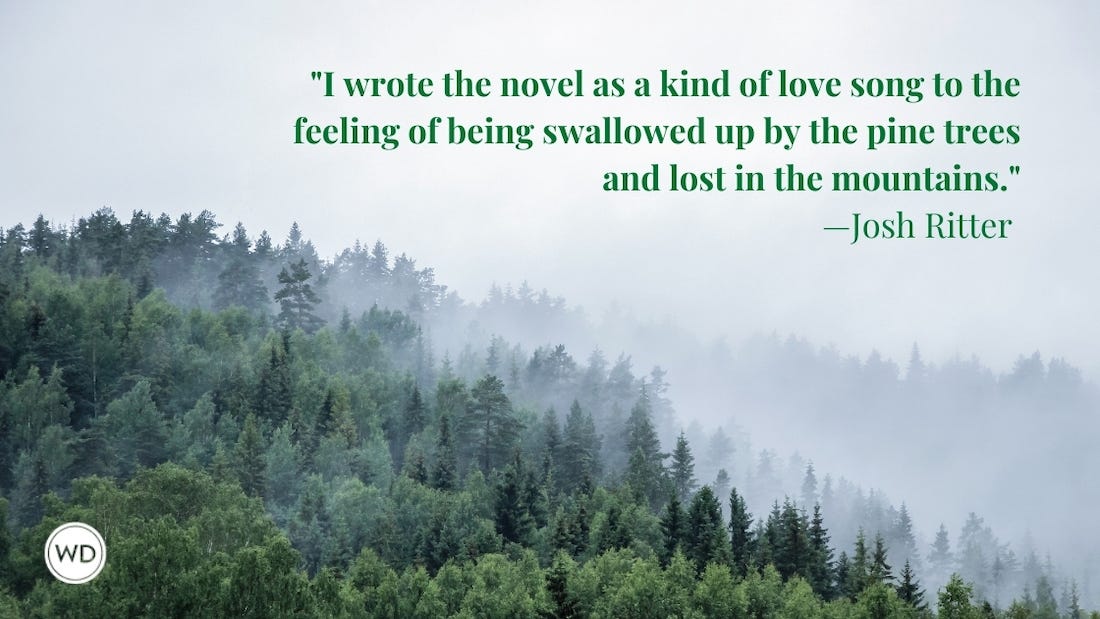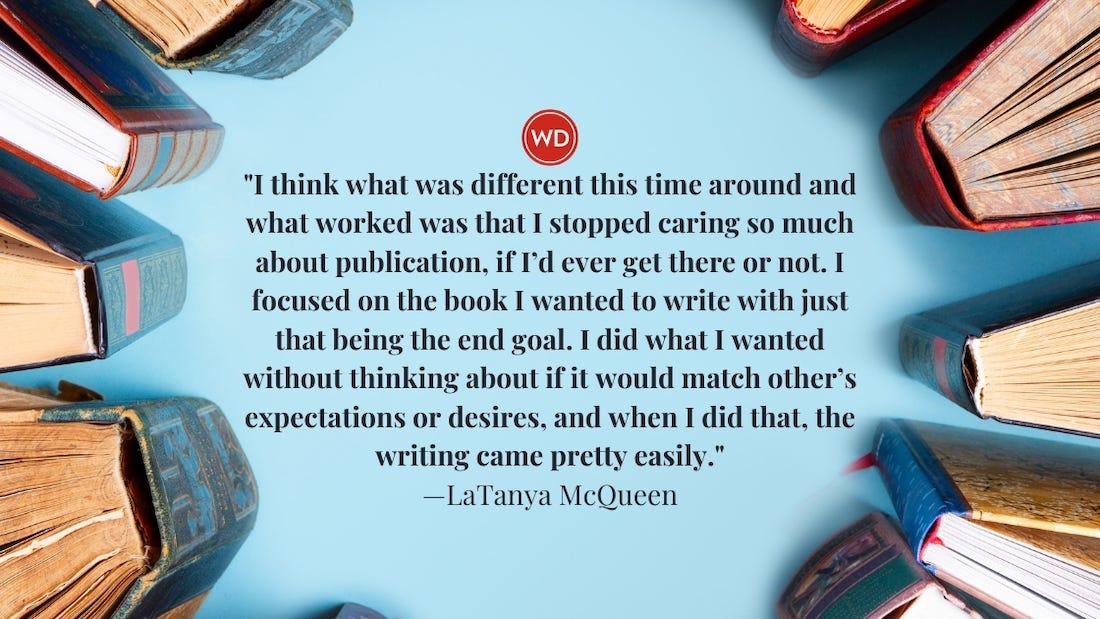Anything But Simple
Ernest Hemingway’s clean, terse style is the perfect counterweight to his complex stories.
When you were young, what writer did you want to grow up to be like? Just like baseball fans who obsessed over Mickey Mantle or Willie Mays, young writers have long idolized their favorite authors with an almost religious zeal. Often, their first attempts at writing are thinly veiled imitations of their heroes' styles.
And as literary heroes go, few have been as revered, or imitated, as Ernest Hemingway. His unadorned prose changed the way 20th-century readers approached fiction.
In his many works, which include A Farewell to Arms and The Sun Also Rises, Hemingway used terse, declarative language to tell stories with complicated subtexts. He earned his reputation as a master stylist by honing his work and criticizing it mercilessly. Call his style masculine, call it restrained—just don't call it simple.
HOPSCOTCH RHYTHM
Many first-time Hemingway readers are surprised at his disregard for conventional sentence structure and punctuation, particularly in passages that describe setting. A Farewell to Arms opens with a description of the area outside a soldier's living quarters:
Troops went by the house and down the road and the dust they raised powdered the leaves of the trees. The trunks of the trees too were dusty and the leaves fell early that year and we saw the troops marching along the road and the dust rising and leaves, stirred by the breeze, falling and the soldiers marching and afterward the road bare and white except for the leaves.
Clearly, the second sentence isn't simple. True, there are few big words, and much of the setting is left unexamined, but the stream-of-consciousness, hopscotch rhythm is dizzying. In one sentence, Hemingway offers seven pieces of information. Still, all of these piled-up images conjure a hypnotic and precise scene.
THE FLASHBACK
Hemingway had the capacity to describe setting with detail and sentiment, too. In fact, although his style is stoic, he reserves moments to reveal his characters' inner worlds. In "The Snows of Kilimanjaro," Harry, who's dying, thinks back to his former home:
There was never another part of Paris that he loved like that, the sprawling trees, the old white plastered houses painted brown below, the long green of the autobus in that round square, the purple flower dye upon the paving, the sudden drop down the hill of the rue Cardinal Lemoine to the River, and the other way the narrow crowded world of the rue Mouffetard.
There's a tangible sense of romance in this scene, and the sentence flows smoothly. Hemingway sets up this dreamlike reverie to contrast with the story's real-time narrative, which consists of choppy dialogue and Harry's musings on love, regret and failure. But no matter where this flashback occurs, what's important is that it's there. It reveals vital emotional data while shifting the narrative gears.
BETTER LEFT UNSAID
But remember, this is Hemingway we're talking about here. Hardly ever does a character (well, a male character) break down and cry. Instead, he bottles up his emotions and displays a stern reserve. In "The Snows of Kilimanjaro," Harry reflects on how he managed to go on with his life:
You kept from thinking and it was all marvelous. You were equipped with good insides so that you did not go to pieces that way, the way most of them had, and you made an attitude that you cared nothing for the work you used to do, now that you could no longer do it.
It's easy to make fun of a stoic figure—he can seem ridiculous in his efforts to look manly. But Harry obviously knows what it's like to be on the edge of a breakdown. Perhaps by telling himself that he's "equipped with good insides" he believes it's true.
Hemingway knew this was true—and he knew that it's best to leave such matters unsaid. Whether that's something to emulate is for you to decide. But to emulate his razor-sharp prose? That's something we can all aspire to.








